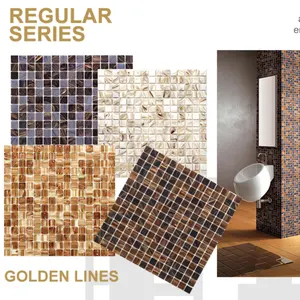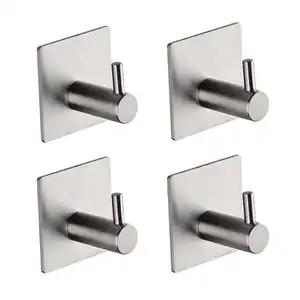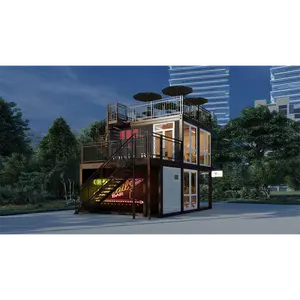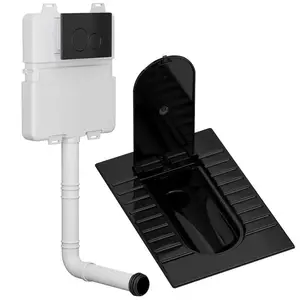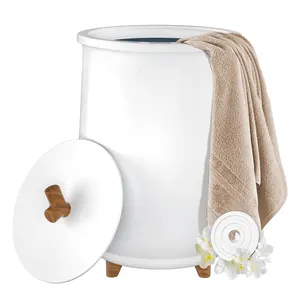Popular in your industry


































































Top categories
About bubinga wood veneer
Bubinga Wood Veneer: An Overview
Bubinga wood veneer stands as a distinguished category within the woodworking industry, known for its rich color and intricate grain patterns. This veneer is sourced from the bubinga tree, native to tropical regions of Africa, and is highly sought after for its beauty and versatility. As a thin slice of wood, veneers like bubinga are applied to surfaces to achieve a desired aesthetic without the need for solid wood, providing both economic and environmental benefits.
Types and Applications of Bubinga Veneer
The application of bubinga veneer is diverse, ranging from wall panels to fine furniture and door skins. Special varieties such as waterfall bubinga veneer and quilted bubinga veneer offer unique patterns that enhance the visual appeal of any piece. In addition to aesthetic applications, bubinga veneer is also utilized in functional products like lamp shades, where its thinness allows for a subtle diffusion of light.
Features and Advantages of Bubinga Veneer
Bubinga wood veneer is not only chosen for its appearance but also for its advantageous properties. Its durability makes it suitable for curved surfaces, an application where solid wood may not suffice. Furthermore, the customization potential of veneers like kewazinga bubinga wood allows for tailored designs, sizes, and shapes to meet specific project requirements. This adaptability is a significant benefit for designers and architects seeking precision and customization in their work.
Materials and Construction
The construction of bubinga veneer products can vary. Laid up veneer is crafted by layering multiple sheets of veneer, creating a robust and customizable material. Backed wood veneer is reinforced with a stable backing material, enhancing its resistance to warping and making it ideal for furniture and wall paneling. Laminated veneer, known for its flexibility, is often produced from rapidly growing species, contributing to sustainable forestry practices.
Choosing the Right Bubinga Veneer
Selecting the appropriate type of bubinga wood veneer depends on the specific demands of a project. Factors such as the intended use, desired finish, and environmental conditions play a crucial role in determining the most suitable veneer. With a variety of options available, including the exotic kewazinga bubinga wood or the pattern-rich waterfall bubinga veneer, professionals can find the right match for their design objectives.
Environmental Considerations and Sustainability
Sustainability is a key consideration in the use of wood veneers. Bubinga veneer offers an eco-friendlier alternative to solid wood, as it maximizes the yield from each tree and reduces waste. By choosing veneers, consumers and manufacturers contribute to the conservation of hardwood resources while still enjoying the beauty and quality of rare and exotic woods.
